
Part 1. Synchronicity
Meaning is what we make of it.
That’s a fact.
A week ago exactly, I stood on my front porch as our Antidote event broke up, and I watched a newly formed community, people who hadn’t even known each other a few days before, split with sorrow, as if parting with family.
One student stayed a little longer, so I could set her up with a cool road trip around Southern Colorado.
Now, I’m the first to admit that our program, set in the hippie Mecca of Taos, NM, is rather progressive in the ways we teach creativity and open-mindedness.
Hell, I write about this every week for you guys, so I have no doubt you can imagine the ideas that get kicked around the breakfast table.
But a week ago, I stood there with Christina, discussing future possibilities for her art, when a red-tailed hawk began screeching loudly from the sky.
At first, I smiled and kept talking, but the hawk kept it up, so finally, I paused.
“Hey Christina, let’s go see what the hawk wants,” I said.
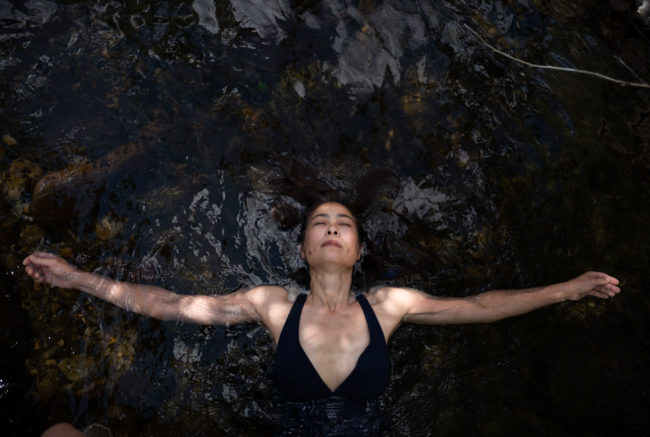
So we did.
Immediately, I saw two in the sky, and began theorizing as to what they might mean for the two of us, symbolically.
Then, Christina saw a third bird, forming an upward-triangle-vortex in the deeply blue sky.
Her photographic art, both past and (potentially) future, revolves around her triplet daughters, who after some health scares are now successful young women, out in the world.
Three girls, three hawks.
The symbolism for both of us was unmissable.
Three birds.
Free.
Alive.
Glorious.
I looked at Christina and said, “Out here, on this farm, we choose to believe that the things like this can mean something. They are symbols, with power, as opposed to random events in the natural world. I know that can sound new-age, so feel free to think that’s crazy.”
But Christina lives in California, and was embedded in a very positive, life-affirming, artsy group for the weekend, so it was clear she saw those hawks in the sky, and her girls in her mind’s eye.
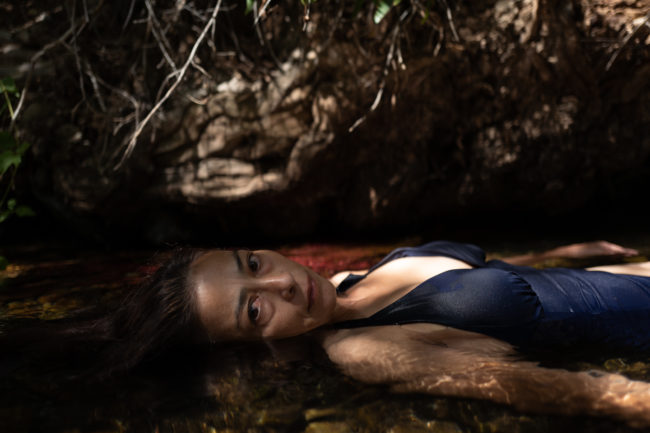
In a normal year, that would have been one of the craziest moments I’ve had, fraught with metaphysical essence.
But it’s 2019, and many of you have been reading along, so you know it’s been one wild fucking ride.
Part 2. The sermon about San Francisco
I mentioned California just a few paragraphs up, and of course that’s where we’re headed today. But it won’t be a long, rambling visit, as we’ve had many of those.
I’ve tried to take you on the deep dive into contemporary New York this year, and New Jersey. Portland and London too.
That’s the East Coast, West Coast and Europe.
As to San Francisco, I don’t think I have it in me to drill into the core of the myriad problems.
It’s just too sad.
It’s easy to pile on San Francisco these days, but sometimes where there’s smoke, there’s fire.
I used to live in the city, from 1999-2002, back when booms were met with busts, and artists could still afford an apartment.
And I’ve reported on the growth and change here on APE since at least 2013. Year by year, we’ve discussed the rise in homelessness.
That’s what I called it at first.
Then, I reported on the rise of tent cities, and the sense of hopelessness that the problem could ever be solved, as income inequality grew to absurdist proportions.
Finally, we’ve settled on the term street class, which I wrote in last week’s book review, as the trend solidified into something normal. Something regular.
Something permanent to be tolerated.
Much as Trump’s America has given us kid jails, and ever-more-rampant spree killers, it’s also seen the final blow dropped on what was once a truly cool, vibrant, special American city.
Now it feels like one big tourist trap overlaid on a tech-bro landscape.
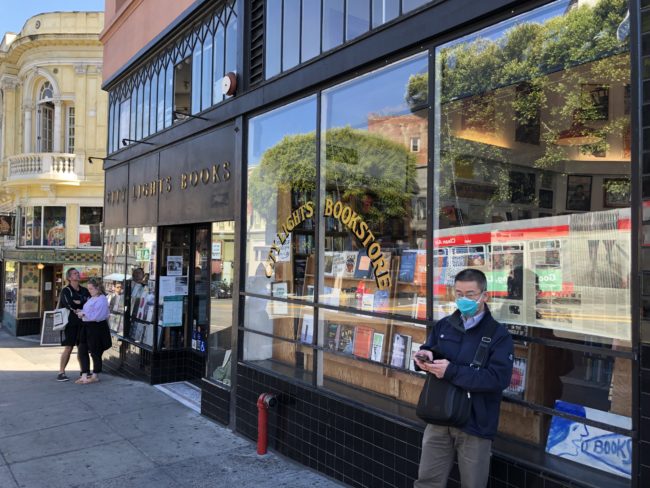
Part 3. Visiting a gallery in the old neighborhood
San Francisco is getting killed in the media, regularly, so it gives me no pleasure to write this. But as soon as we got to the rental car place, in Oakland, the nice Haitian woman who helped us swore that SF was so dangerous she didn’t go there anymore.
She even warned us off of the visit, if you can believe it.
But after leaving the airport only to land in Bay Area morning rush hour, with an 1.25 hour drive to go a few miles, (little did we know,) the only thing I was worried about was how long it would take to get my pupusas.
I’d promised the family some great Salvadoran food, in our old neighborhood, the Mission, and desperately hoped we could make it there before food crashes, or traffic, undermined us.
After a few close calls, in all the chaotic traffic, we made it, and stuffed our faces on masa-stuffed goodies, served with spicy salsa and a vinegary slaw.
La Santaneca de la Mission, right near Mission and 24th, is so fucking good. Try it, but make sure to bring cash, as they don’t take plastic. (Note that, Europeans.)
Thinking back, the meal was perhaps the highlight of the visit, as it resonated of the Central American immigrants who used to dominate the neighborhood, back in the day.
And then then we went on a short walk, and saw several local institutions in the midst of being replaced by gentrification. (Like the old school Locatelli Ravioli, which seems to have shut the day before we got there.)
I did a loop of the old haunts, and even Mission Street, which still looked the same, felt like a zombie. Somehow, I recognized the places, but the soul was gone.
That’s the best way I can describe it.
I split off from the family, and headed to Euqinom Gallery, where I was meant to hook up with Philip, an artist I’d met in Portland. We both wanted to see “Present Objects,” curated by Emily Lambert-Clements and Monique Deschaines, which featured 5 female artists who worked in very different ways.
But just before I got there, not 100 feet from the gallery, was a tent, sitting there, in the middle of the sidewalk.
By itself.
I stopped dead, but decided I would NOT take a picture for you, so I didn’t.
My heart sank.
The gallery is about 1/4 of a mile from where I used to live. My old home. The stomping grounds.
And now people are living in tents in the middle of the sidewalk.
I mentioned it to Monique, who said it happens constantly these days, as once residents call the police, the squatters still have 3-4 days before the cops come roust them.
Sometimes, Monique says, a few tents will join once one pops up, and they’re harder to move. She mentioned a story she’d heard about someone pouring water on a tent from above.
Again, this is normal now.
As to the exhibition, the work was strong overall, featuring a variety of processes, and fairly or not, my favorite were the paper-based wall sculptures by Julia Goodman. Totally textural and sumptuous, I was told the artist makes them with composites of old t-shirts, among other things.
There was also an installation of fake detective novels by Rachel Phillips that was clever, but not something over which I’d swoon. The other three projects were more photographic in nature, and featured a fairly disparate set of styles. (All of which I liked, for sure, but did not love.)
As we were wrapping up, I asked Monique if there was a theme to the entirely-female group, as it didn’t seem to be “about” feminism.
She told me the gallery will always have 2 female artist for every man, and then she turned the tables on me.
“You would never have said that, if it were five men in the show.”
“Yes, I would have,” I replied.
“No, you wouldn’t have,” she countered.
“You don’t know me very well,” I said. “It’s 2019. I absolutely would have noticed if it were five men, because that would have seemed out of step with the times. Not only that, I think a lot of people in the photo world would notice, after the last few years.”
Don’t you agree?
Part 4. Pier 24
We spent the night in a fancy hotel on the Embarcadero, a few blocks from Chinatown and the waterfront. In retrospect, (and having just watched “Warrior,” which is set in 19th C SF,) I guess that part of San Francisco, the Barbary Coast, has been dodgy for a long time.
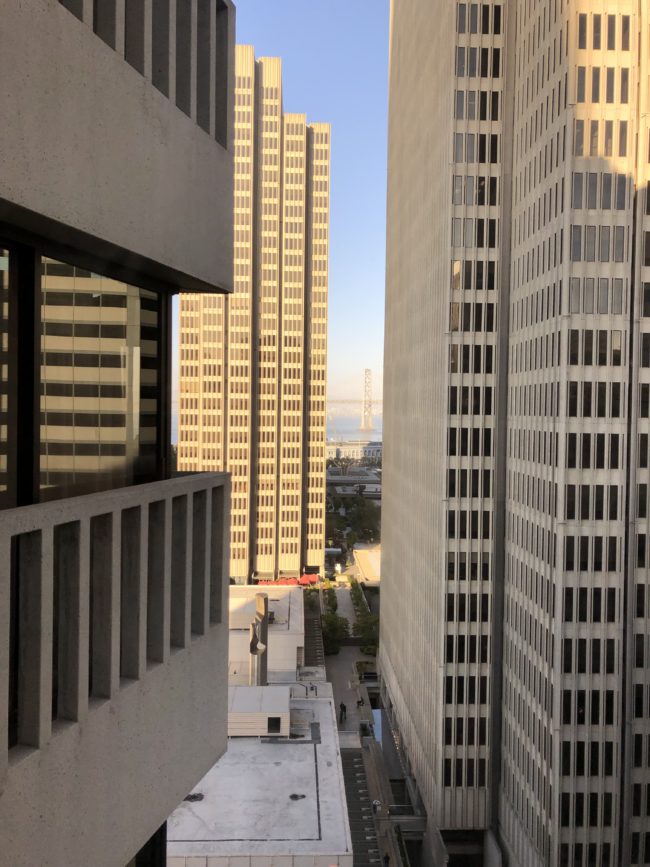
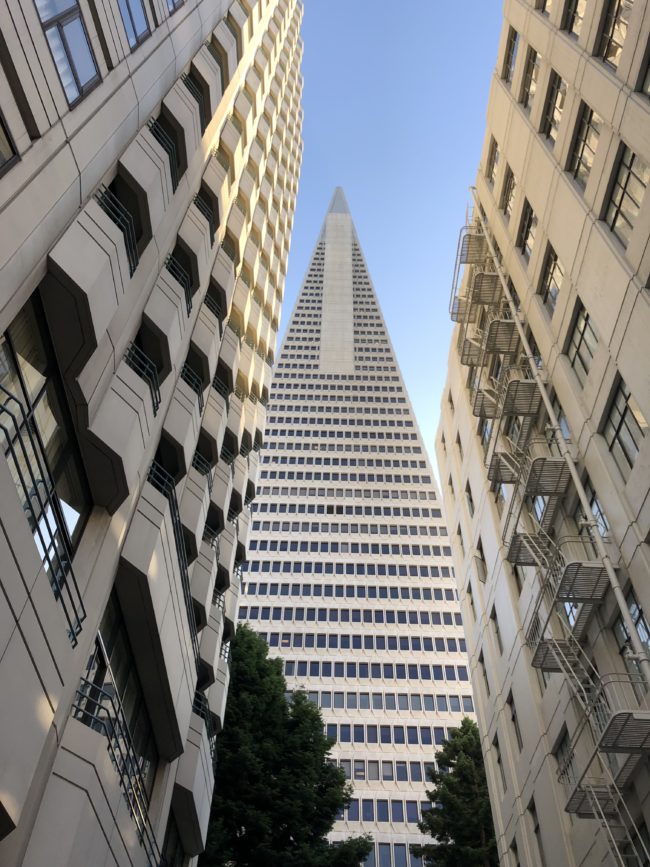
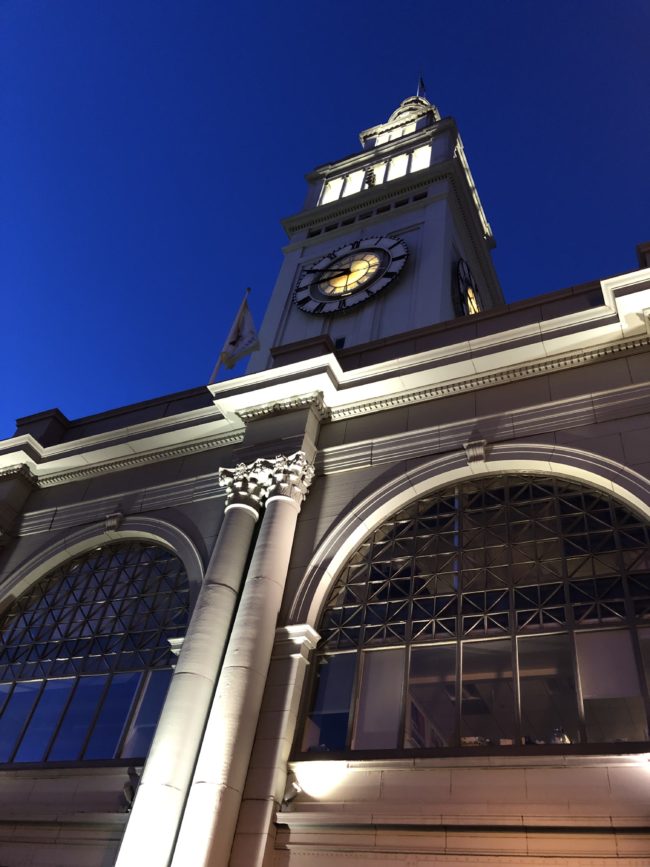
But while I had seen a lot of hard-core poverty in the Tenderloin, over the years, what I witnessed by the Bay, in late July, was several degrees worse.
I knew better than to take my kids out after dark, but Jessie and I took the briefest of walks to the Ferry Building, and almost got mugged once or twice.
No exaggeration.
The collection of desperate, down-on-their-heels people would have been darkly mesmerizing, if the natural human instinct wasn’t to get back to safe harbor as quickly as possible.
In order to avoid an alley, Jessie asked that we take Market Street, and in only one block, there was a woman wailing for anyone to help her move her wheelchair, several people sprawled out on the ground, and I swear it felt like we’d descended into Hell.
I know that stories like this fit Trump’s narrative that America’s cities are in bad shape, but as I’ve reported constantly over the last year, I don’t believe that’s the case.
Desirable cities are booming, but the income inequality wave is drowning more and more people each year.
It’s a horrible set-up, I know, but part of why we stayed near the Ferry Building was that we wanted to visit Pier 24, the very excellent, free photo museum/gallery that we’ve profiled here several times before.
I’m going to avoid editorializing right now, and state only that the museum, as I’ve previously reported, houses the collection of the Pilara Foundation, which runs the space.
They allow a very limited number of people inside, and the space is enormous, so they’ve created an excellent, boutique experience for viewing some truly exceptional contemporary and vintage photography.
It’s owned by a very wealthy patron, and in the past has featured an exhibition ABOUT the collector class.
The 1%.
But the wealth is put to the benefit of the public. (If you know about it, and can reserve a space online.)
The people who work there, though, are regular folks like us. They’re neither rich, nor Upper Class.
So when I took my family, (again, for free,) we walked along the waterfront, as people slept on the sidewalk, or leaning up against the sides of buildings.
The tourists were everywhere, creating side-walk passing lanes I hadn’t seen outside of New York.
Inside, Pier 24 was celebrating its 10th Anniversary, and the first space, which was filled with the Sugimoto wax royals, set the scene nicely.
As I said, the place is sprawling, with so many prints by so many famous names. Amidst all the great work, one mini-gallery felt so subversive, I did a double-take.
There, together, were a set of original Dorothea Lange images, and as she was a Bay Area photographer, they packed an extra punch.
BOOM!
The past few years, as I tried to explain to people what this new street class looked like, I would say, “It’s like those photographs from the Great Depression. It’s happening again.”
And there they were.
In my mind, I imagined some of them were hung on walls shared with the exterior. (It’s possible.)
Maybe, some nights, while the photos hung on the inside of the walls, sad, lonely humans slept on the other side.
(Whether it happens literally or not, it happens metaphorically every day.)
Major Kudos to curators Christopher McCall and Allie Haeusslein for sharing that gallery in the middle of a city in crisis.
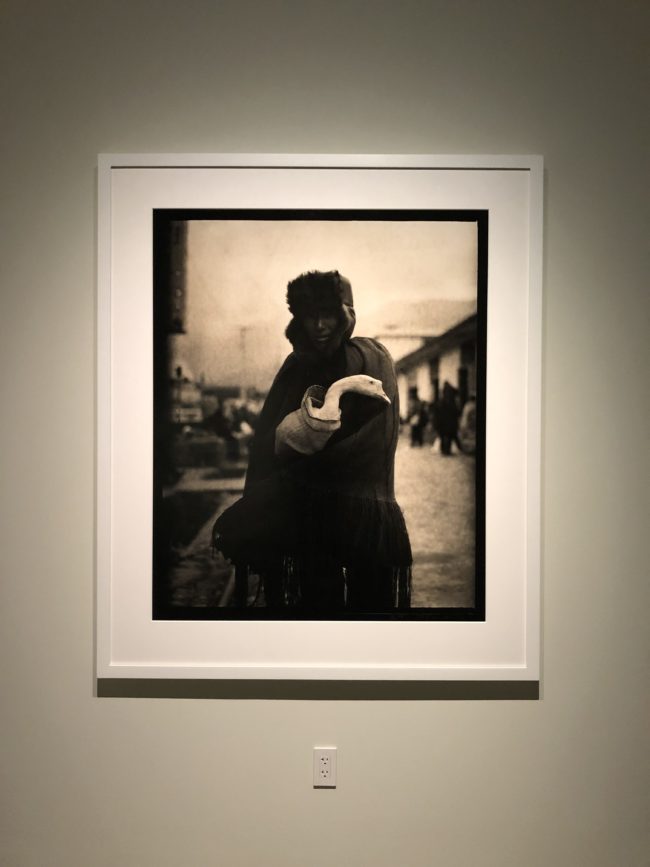
There was plenty of other great work on display, including Adou, a Chinese artist I’d never heard of before, but only one thing knocked me on my heels.
And it takes us back to today’s beginning.
Symbolism.
Meaning.
Synchronicity.
Because one little gallery was filled with vintage Robert Adams images, which were clearly from Colorado. (His old stomping ground.)
The looked so familiar, but I was sure I hadn’t seen them before.
My brain was whirring, one more mystery in a crazy year, when I saw it. Things clicked.
It was Eden.
Eden, Colorado.
Where my London adventure began, on the highway to Denver, four months ago.
It was in Eden, that mythically-named spot, where I noticed people living in their cars.
As if it were normal.
Welcome to 2019.

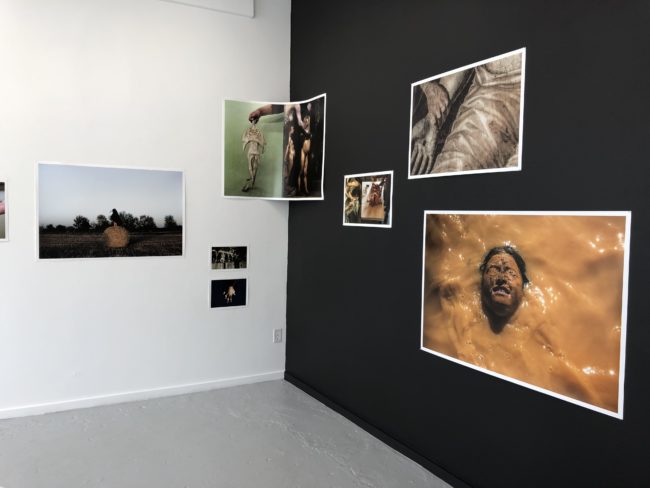
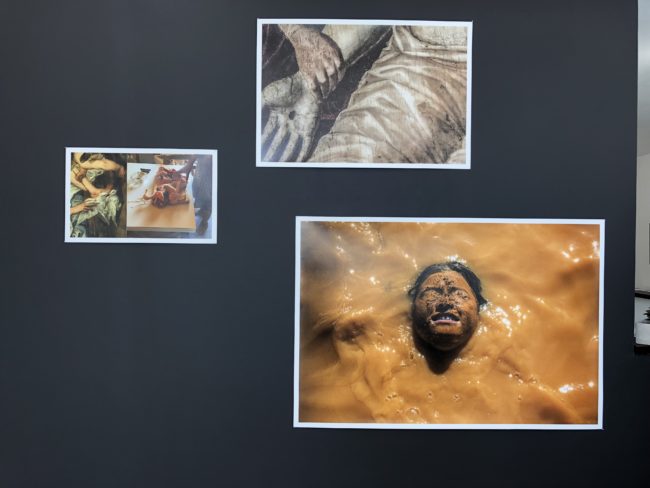
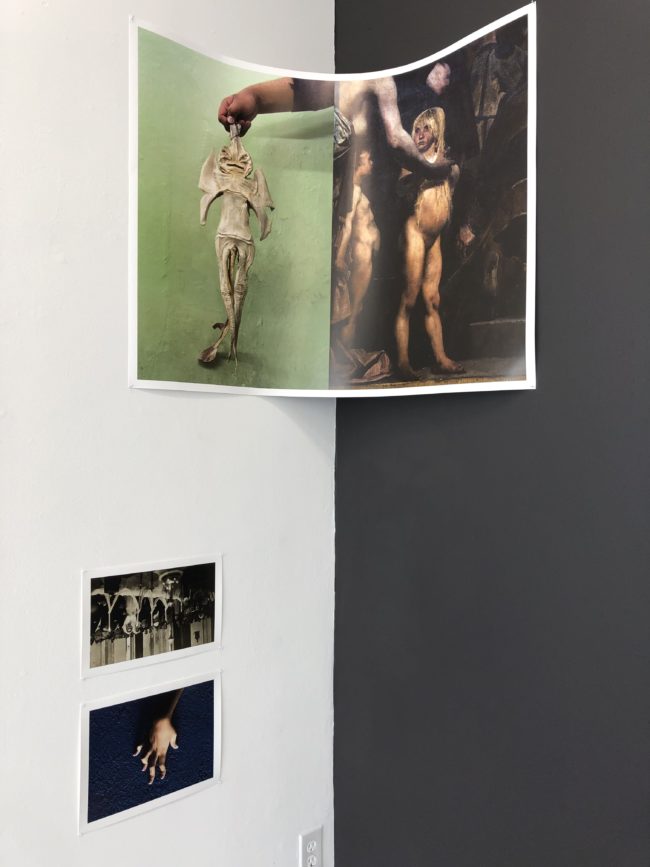

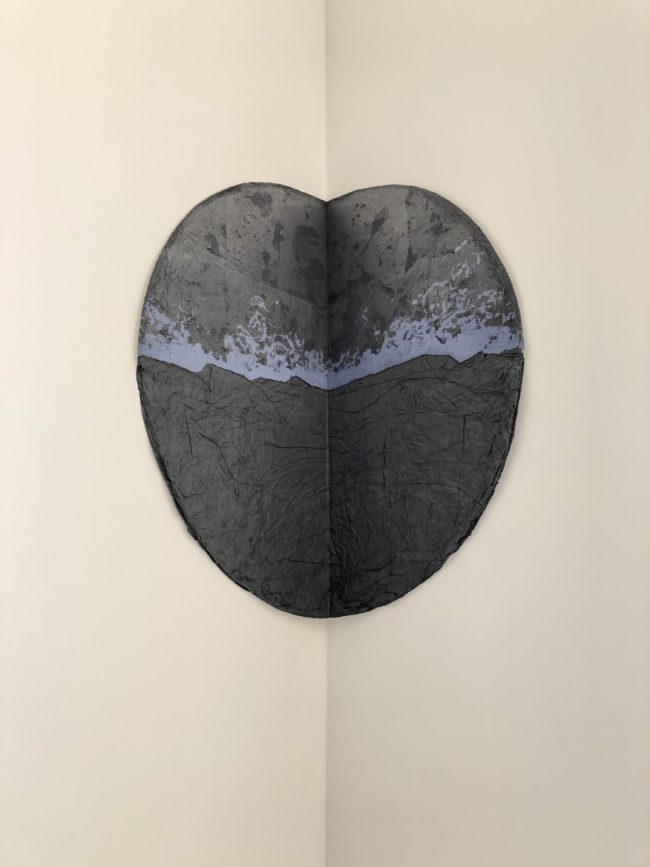
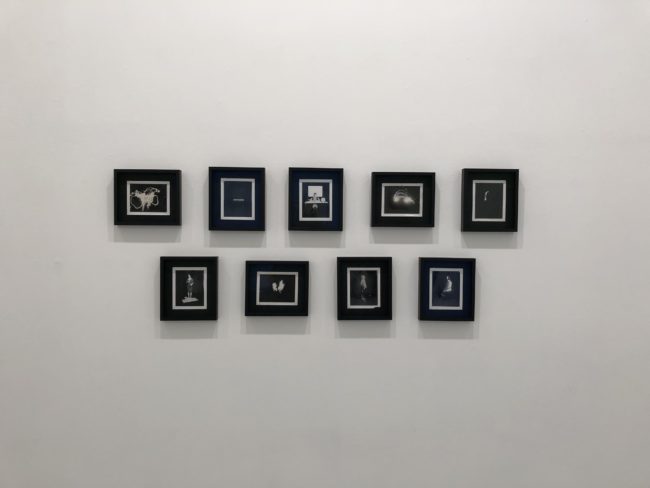
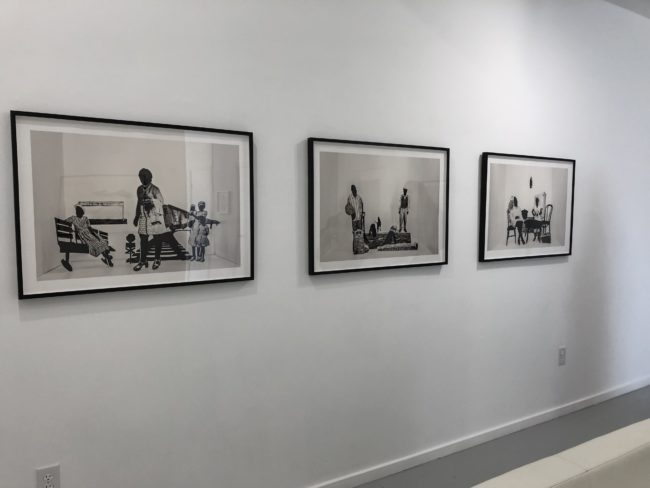

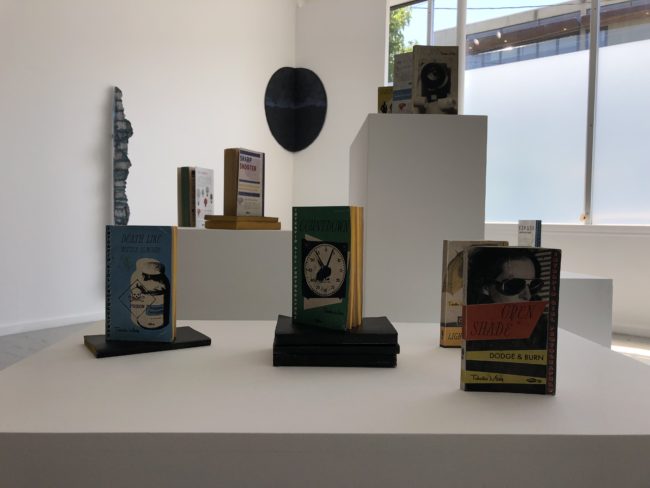
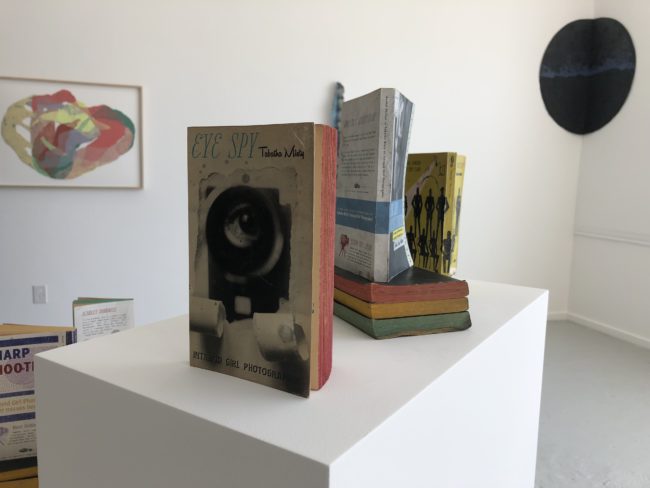
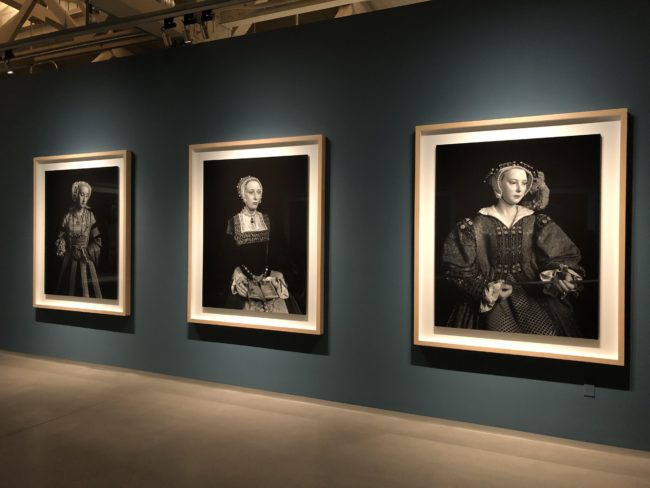

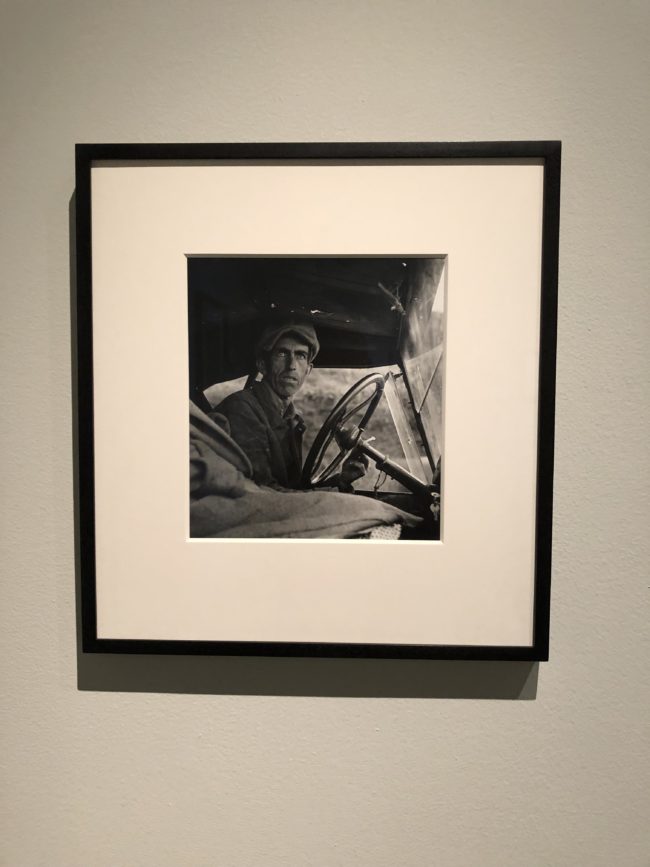
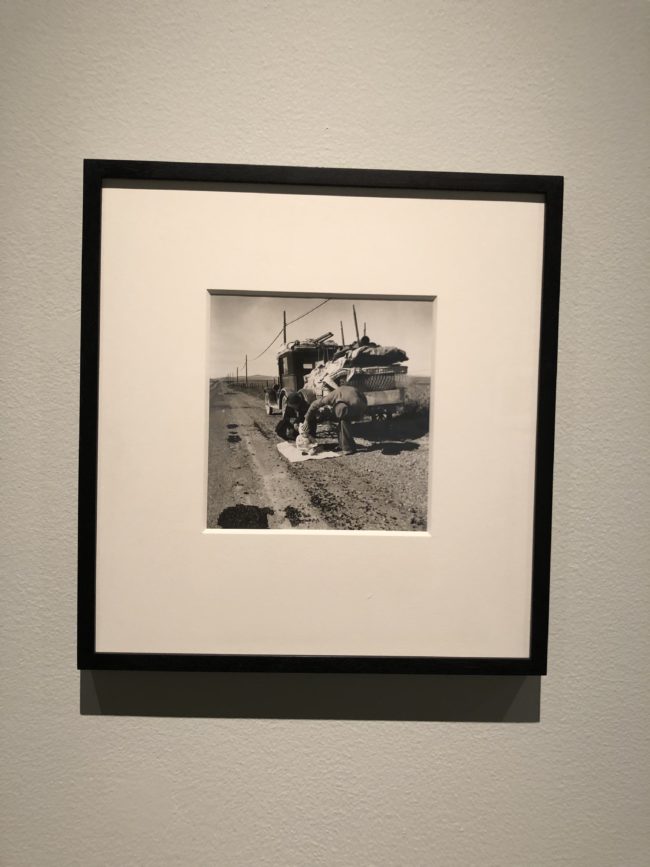

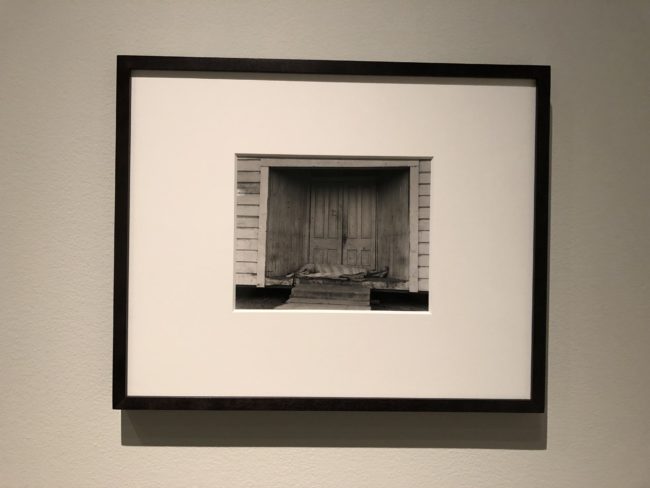

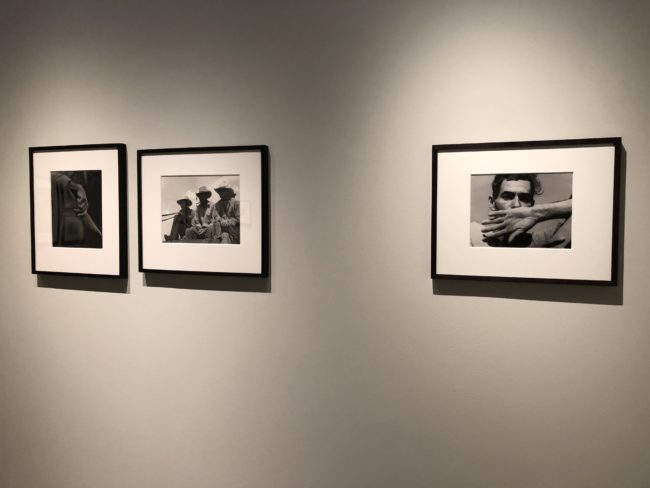
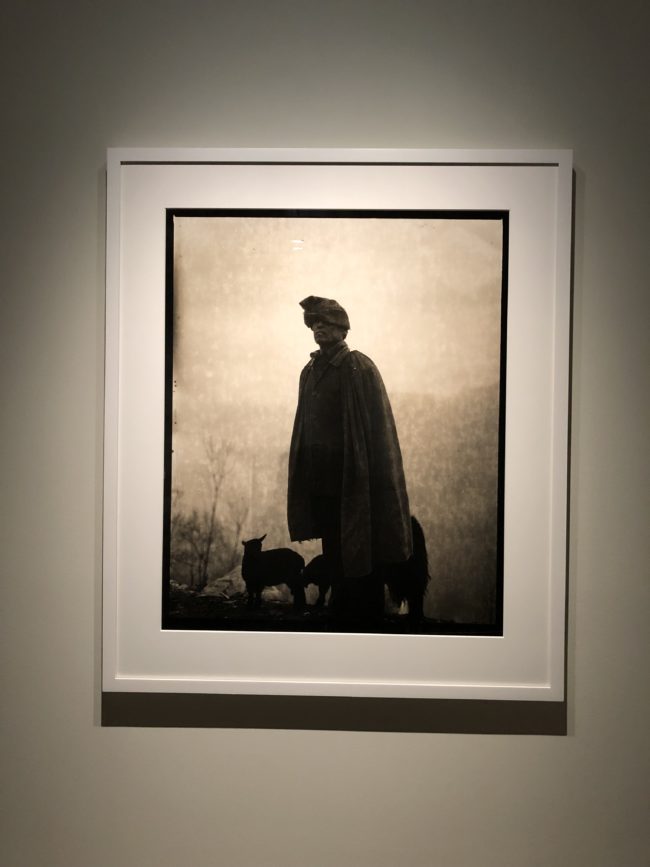
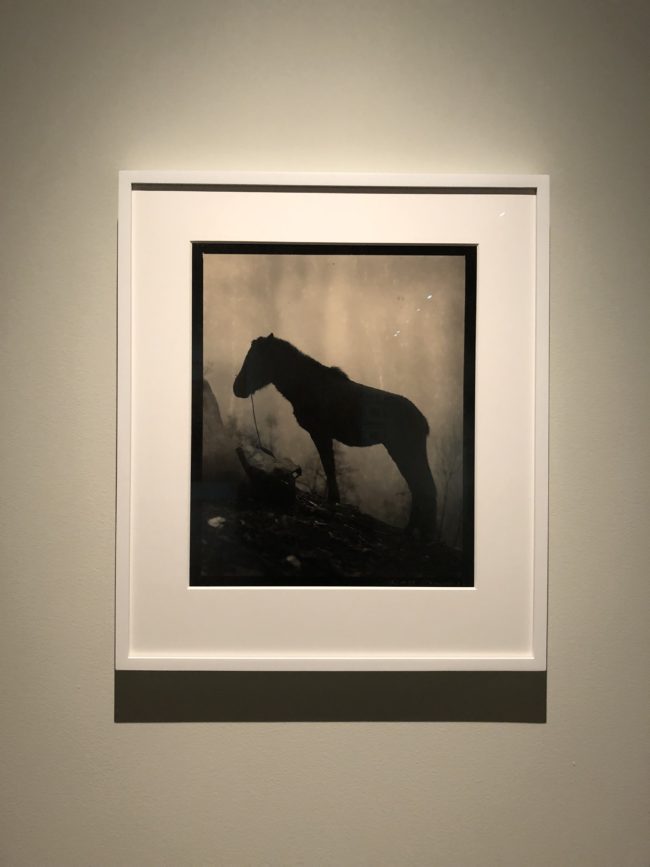

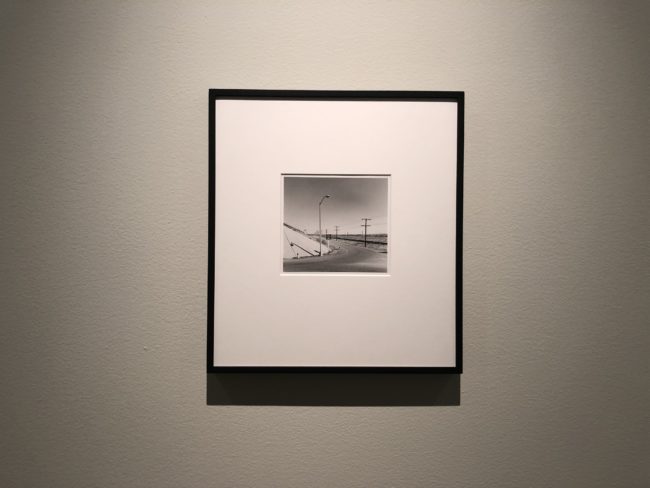
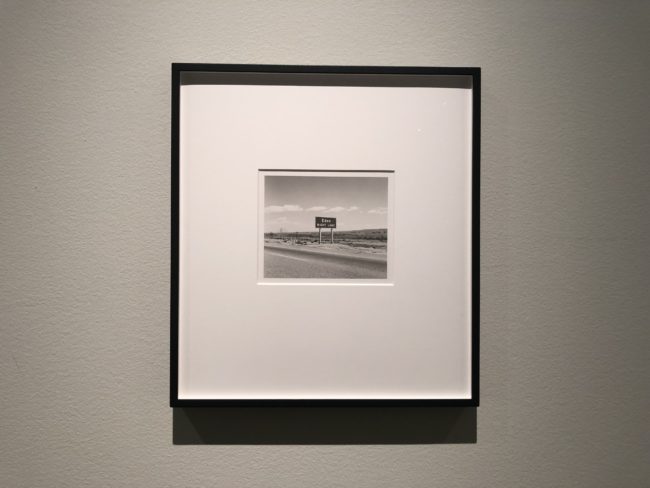


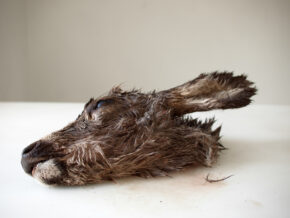
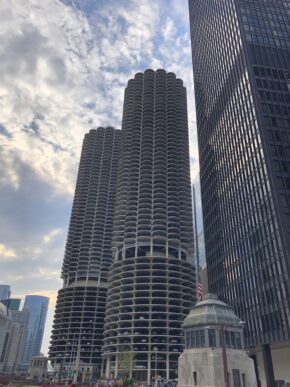
6 Comments
I’m pretty tired thinking, writing, photographing and living it-
so I’ll whittle this down to 3 main points:
1) San Francisco may be be Tres Liberal in some ways,
Economically- they are Pure Trickle Down Deluxe.
2) Techies sense of community exists solely online-
they don’t give a shit about reality unless they step in someone else’s…
3) The one sole pause for hope and solace in San Francisco right now…
https://boats16.blogspot.com/2019/08/jr-chronicles-of-san-francisco.html
I spend a lot of time in SF….make lots of my work there also. I roam the streets all day and have seen the shocking changes……Community Thrift gone…..Aardvark Books….many Goodwill stores…..along with any audience for used goods…..way too many fancy barber shops and trendy specialty foods…..tech bros like service and care little for community….after all they sit in virtual reality all day. Next time check out Fraenkel Gallery at 49 Geary and go to Minnesota Street Projects. And then, to be royally entertained, try to catch an event at Raining Chainsaws. I think many artists have fled to Oakland and the Oakland Museum rocks,
Thanks for chiming in! I used to show at 77 Geary, back in the day. And profiled Minnesota St here a couple of years ago. Loved your book, btw, and reviewed it earlier this year.
A beautifully written essay that touches upon so many issues.
I’ve never forgotten how having the ability to just take a photo placed me in a class above so many.
It’s a point I tried to pass on to 30 years of students, that privledge takes many forms.
San Francisco, formerly a city known for a its warm, loopy, welcoming attitude, has become a bellwether for all that is wrong with our capitalist driven system. It’s not a new scenario, the city’s history is one of wealth and poverty, in all its extremest splendor on view as houses on the hill, and this dates to its founding. The current situation is so barren of empathy, that you can feel the anger, as if the streets are seething.
Thank you, nicely done.
Thanks, Harris! That means a lot coming from a native Californian.
So sad about SF if only Frida Kahlo and Diego Rivera were alive still. Great work , live this whole aesthetic!
Comments are closed for this article!